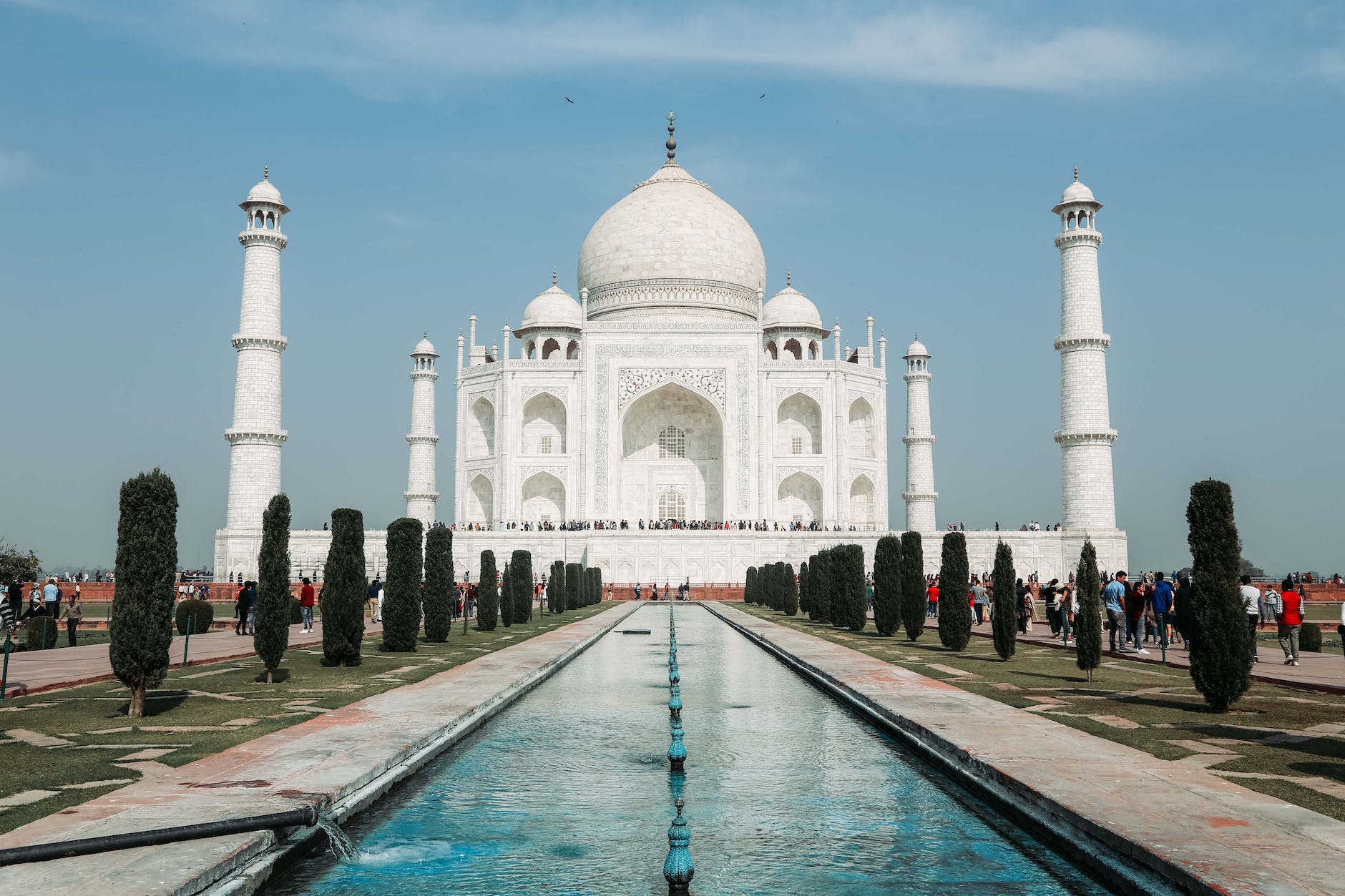Mumtaz Mahal (lit. ’the exalted one of the Palace’), born Arjumand Banu Begum (29 October 1593 – 17 June 1631) was the empress consort of Mughal Empire from 19 January 1628 to 17 June 1631 as the chief consort of the fifth Mughal emperor, Shah Jahan. The Taj Mahal in Agra, often cited as one of the Wonders of the World, was commissioned by her husband to act as her tomb.

Mumtaz Mahal was born Arjumand Banu Begum in Agra to a family of Persian nobility. She was the daughter of Abu’l-Hasan Asaf Khan, a wealthy Persian noble who held high office in the Mughal Empire, and the niece of Empress Nur Jahan, the chief wife of Emperor Jahangir and the power behind the emperor. She was married at the age of 19 on 10 May 1612 or 16 June 1612 to Prince Khurram, later known by his regnal name Shah Jahan, who conferred upon her the title “Mumtaz Mahal” (Persian: the exalted one of the palace). Although betrothed to Shah Jahan since 1607, she ultimately became his second wife in 1612. Mumtaz and her husband had 14 children, including Jahanara Begum (Shah Jahan’s favorite daughter), and the Crown prince Dara Shikoh, the heir-apparent, anointed by his father, who temporarily succeeded him until deposed by Mumtaz Mahal’s sixth child, Aurangzeb, who ultimately succeeded his father as the sixth Mughal emperor in 1658.
Mumtaz Mahal died in 1631 in Burhanpur, Deccan (present-day Madhya Pradesh), during the birth of her 14th child, a daughter named Gauhar Ara Begum. Shah Jahan had the Taj Mahal built as a tomb for her, which is considered to be a monument of undying love. As with other Mughal royal ladies, no contemporary likenesses of her are accepted, but imagined portraits were created from the 19th century onwards.